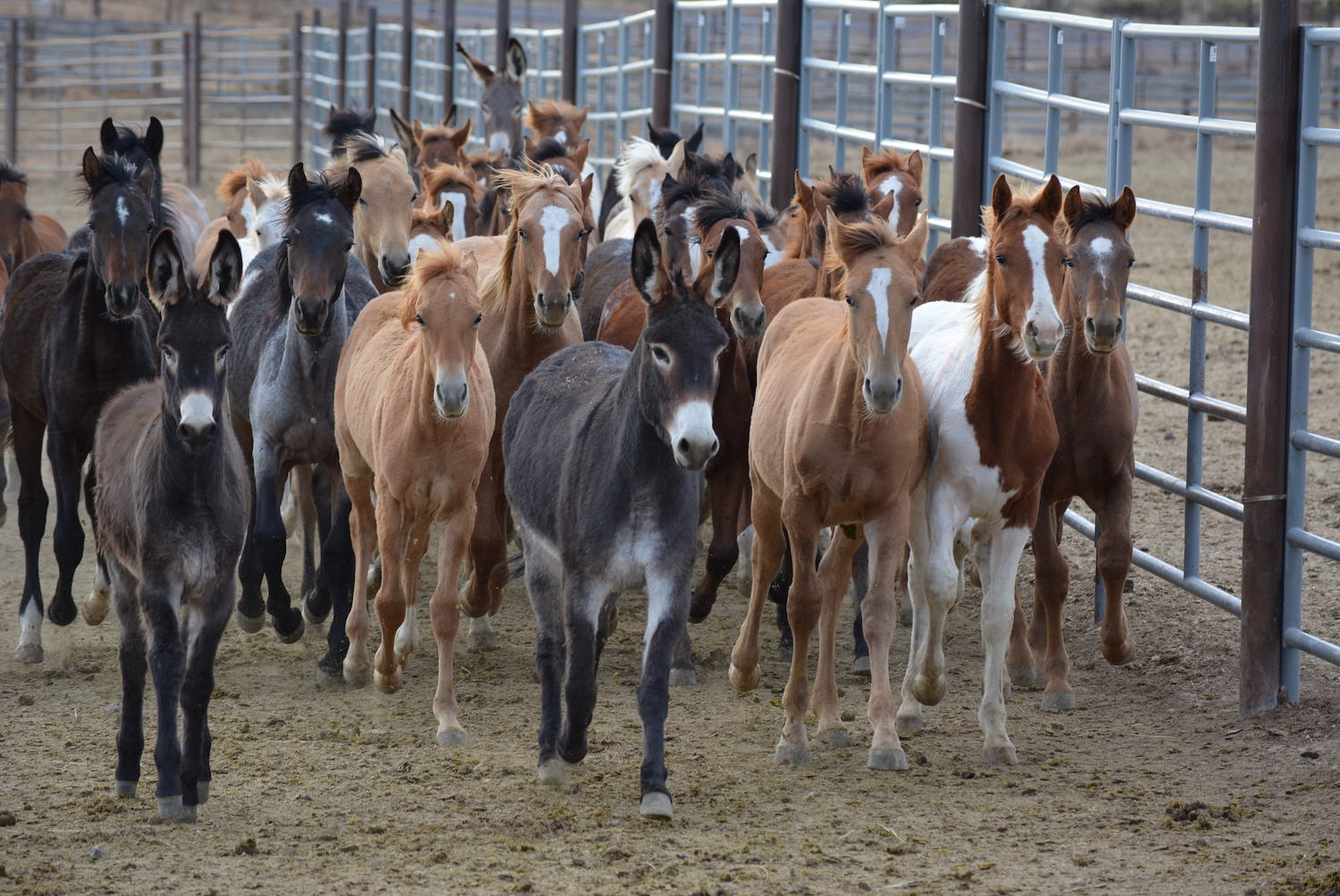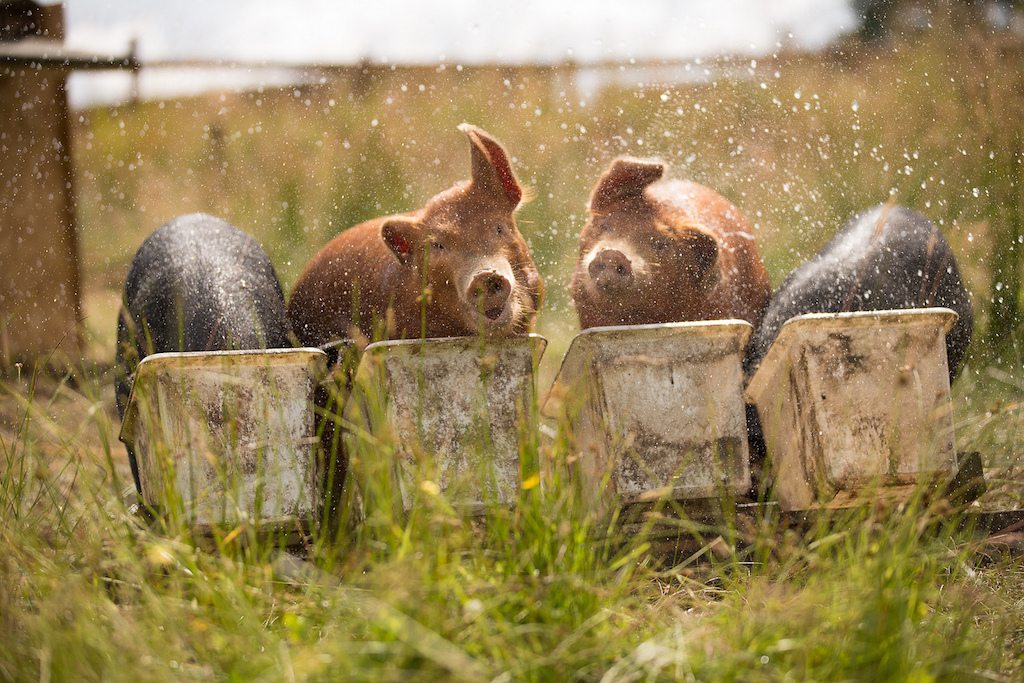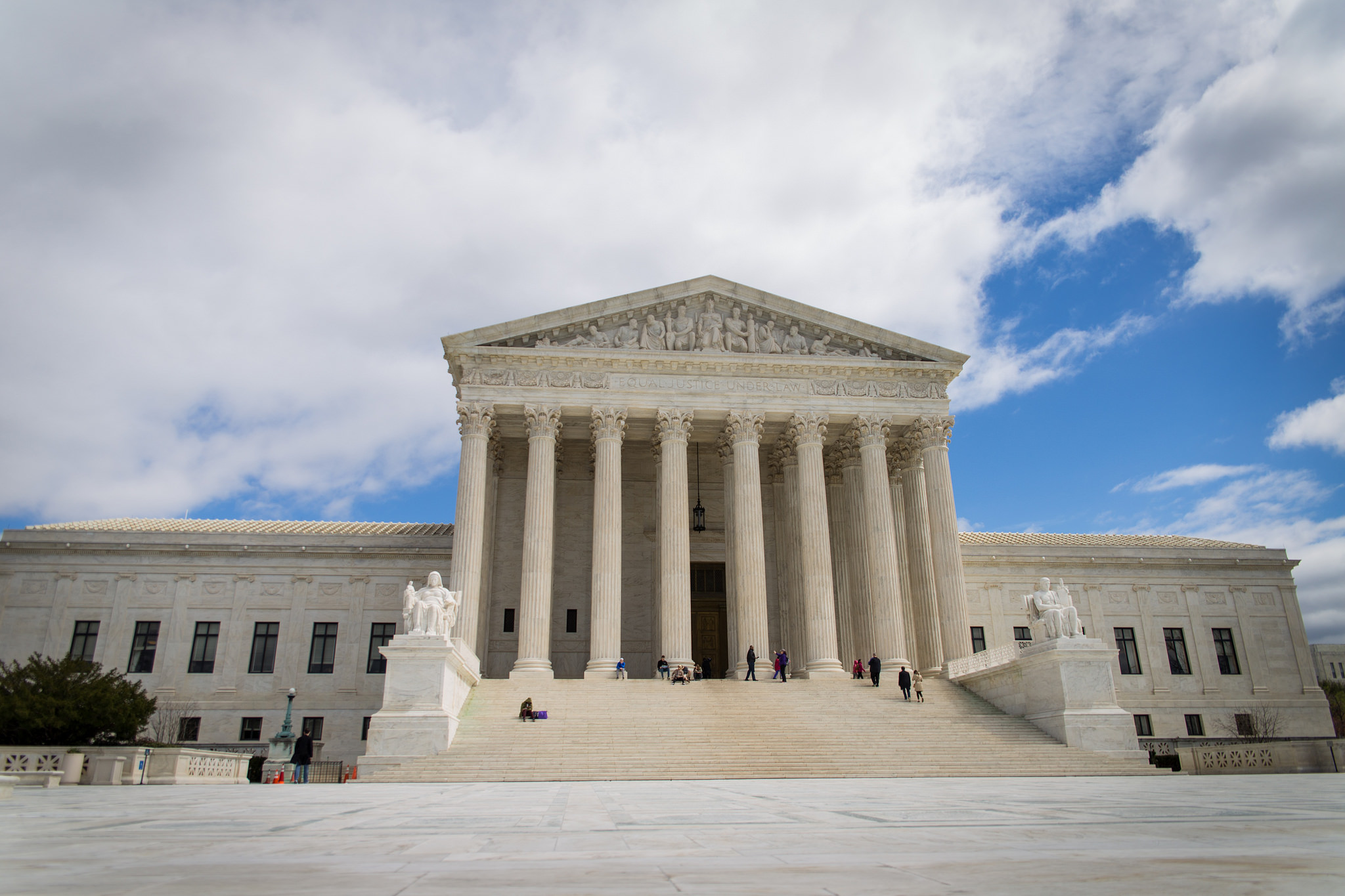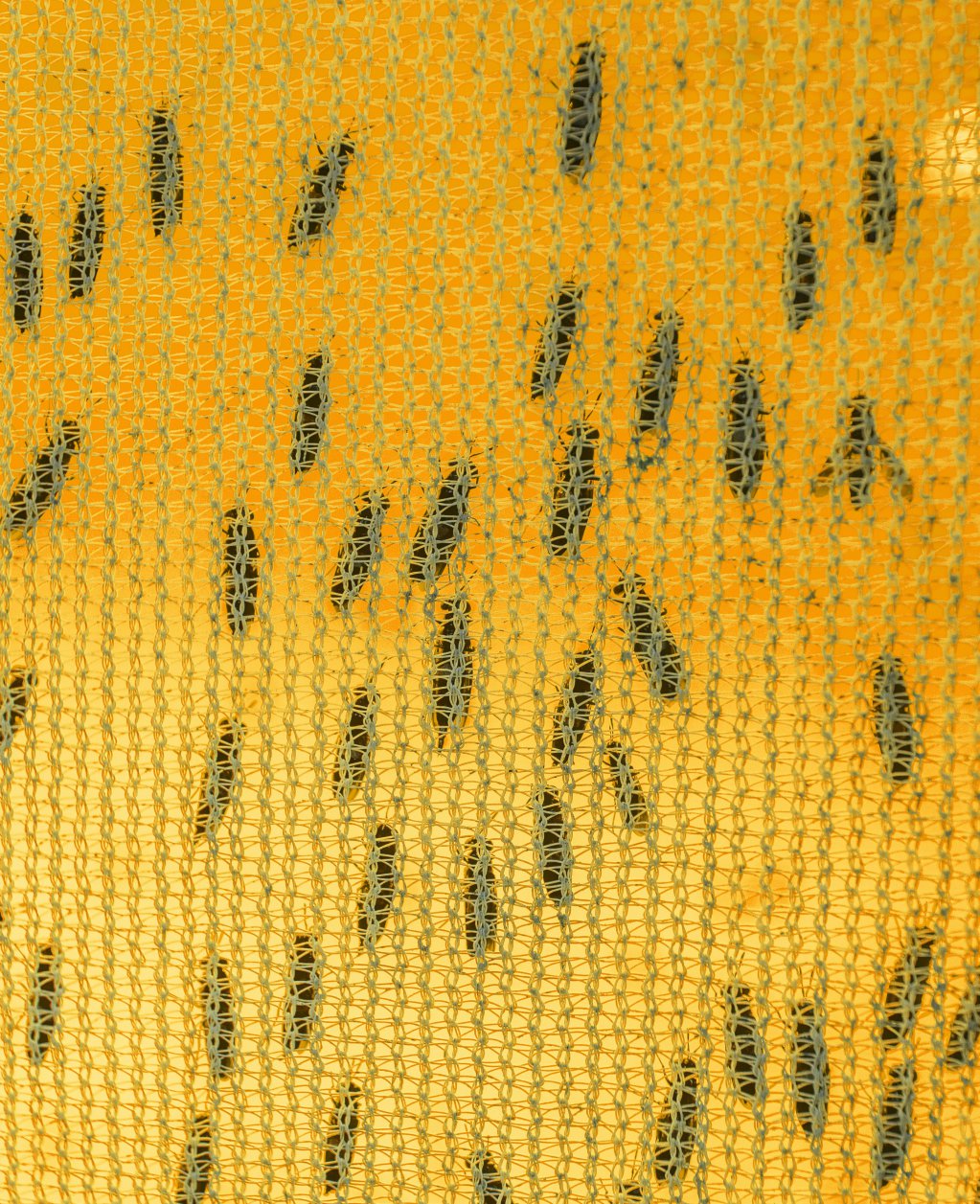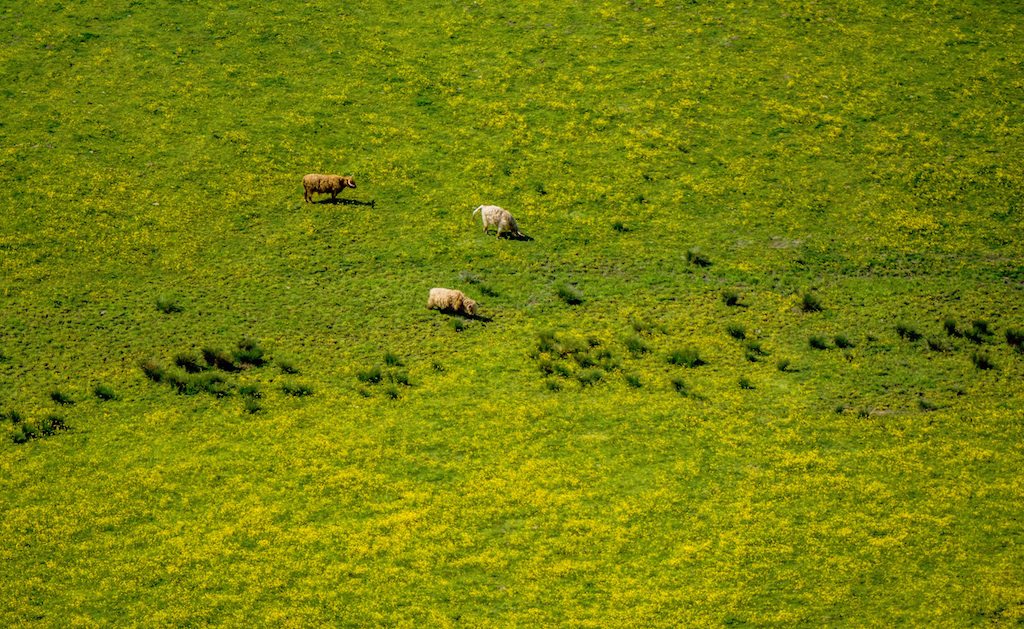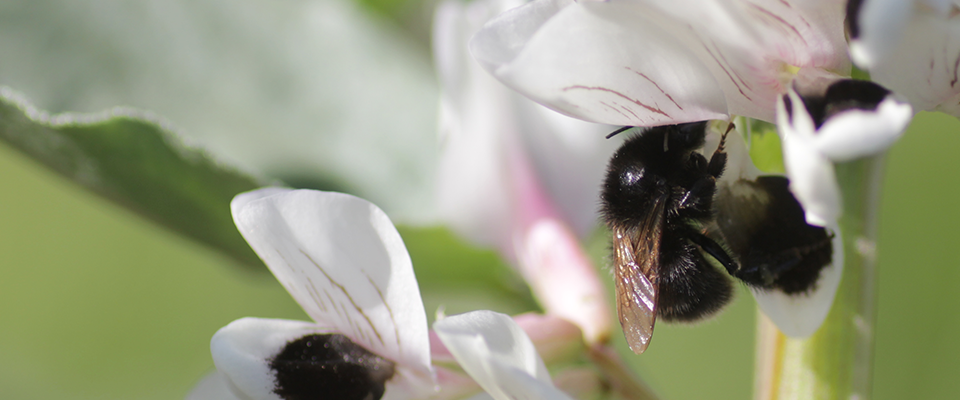Right now, around 88,090 wild horses and burros roam freely on public rangeland in the United States. They’re managed by the Bureau of Land Management (BLM), a federal agency that has the seemingly contradictory job of protecting them from slaughter and also managing their population, which keeps the herds in check so they don’t overwhelm the land.
By the bureau’s own admission, it’s not doing a great job. Currently, the population of wild horses and burros is more than three times the amount the bureau says is sustainable on the range, which is 26,690 animals. That’s because, for decades, the bureau has managed the herds by rounding up horses and moving them to corrals, where they wait to be adopted, for uses like riding or even horse therapy. The facilities are almost full, which means there’s nowhere for those excess animals to go.
Now, it seems, there’s a solution. Last month, at the behest of an unlikely coalition of allies, the Senate Appropriations Committee passed a budget for the Department of Interior (DOI) that includes a one-time, $35-million funding boost to revamp the wild horse and burro program. The plan, which its backers call the “path forward,” calls for reducing herds by treating mares with contraceptives, and moving more unadoptable animals out of corrals and into private pastures. It also continues to ban the sale of animals for slaughter, which is surprisingly contentious.
The plan is far more humane than the current system of so-called wild horse gathers, says Cory Golden, advocacy director of Return to Freedom, a Lompoc, California horse sanctuary. He says the boost, which would raise the program budget to $110 million, would actually reduce costs over time.
The population of wild horses and burros is more than three times the amount the bureau says is sustainable on the range
The coalition of diverse interests that backed the plan—which includes animal rights groups like Golden’s, the Humane Society, and the American Society for the Prevention of Cruelty to Animals, along with ranching groups like the Farm Bureau and the National Cattlemen’s Beef Association—is somewhat unprecedented.
The ranchers are a politically influential group that lease land from BLM at rock-bottom prices for cattle grazing. They say the horses, whose population can expand by 15 to 20 percent per year, consume needed resources like feed and water, shorting their cows. Some of them, including Tammy Pearson, a Utah rancher and county commissioner, also say horses ruin the land by overgrazing and tromping through riverbeds.
That position is evidently shared by the Senate committee. In approving the funding boost, the committee wrote that the wild horse population is on an “unsustainable trajectory,” which could cause “severe deterioration” of rangeland, loss of habitat for other species, and even their own collapse, as they run out of food and water.
The plan doesn’t ban roundups, and in fact could increase them in the short-term, particularly in areas where the horse populations are most over target. That’s likely to incense the most stringent animal rights activists, who already said the plan amounts to “a government-funded wild horse depopulation program.” They point out that the program would reduce populations nationwide to a level that hasn’t been seen since 1971—the year the federal government declared wild horses in danger of extinction, and passed a sweeping protection act.
Even its backers concede that the plan is a bit of a compromise. In an ideal world, Golden says, Congress would revisit long-standing laws and practices that allow for multiple uses of public lands, including cattle grazing. But that’s politically untenable. As an animal welfare advocate, he sees ending roundups as a more realistic, and still important, goal.
In May, the House of Representatives passed its own budget of $6 million for the program, in effect allowing the bureau to create the pilot
“We’re trying to figure out the politically viable, scientifically viable, and legally viable way to shift the Bureau of Land Management from the practice of rounding up horses, which it’s done for 40 years, to humane, on-the-range management with fertility control,” he says. “It’s time to end roundups after all this time. The technology exists. We’re glad that members of Congress see that.”
That could all be for naught, however. In May, the House of Representatives passed its own budget, which allocated only $6 million for the program, in effect allowing the bureau to create a pilot program on “the two or three most severely impacted herd management areas,” per a committee report. That’s a major hurdle for the backers of the plan, who want to see more mares receive fertility treatments now. The longer the bureau waits, they say, the more the population snowballs.
And then, of course, there’s the question of actually passing a budget. The wild horse and burro program falls under DOI jurisdiction. The department also manages land used for border walls—a major, shutdown-triggering sticking point on both sides of the aisle. For that reason, it could be years before the plan comes to fruition. But its backers, including Golden, remain confident, if only because, at long last, everyone’s at the table.
“We worked with ecologists and an economist on a population model that showed how this could work using existing safe and humane fertility control,” he says, “and had talks between groups about common ground that animal welfare advocates and other stakeholders could agree to accept.”
Correction: An earlier version of this story mischaracterized the Department of Interior’s responsibilities related to border walls.
